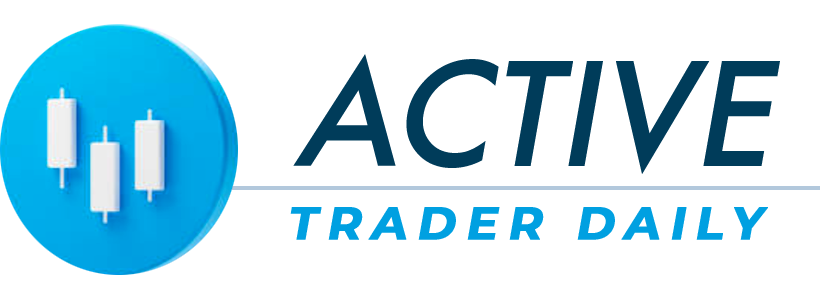By Alden Bentley
NEW YORK (Reuters) -U.S. Treasury yields eased on Friday, partly reversing the previous day’s big gains as investors digested data showing a resilient U.S. consumer and inflation trending lower, leaving the Federal Reserve ample scope for a small interest rate cut next month.
Treasuries ended lightly mixed after such an up-and-down week, and volatility subsided almost as dramatically as it spiked two weeks ago. The rise in volatility came after an unemployment rate reading sparked near-panic that the economy was heading for a recession rather than a soft landing.
That briefly sent yields tumbling to levels not seen in more than a year as investors moved into the safety of Treasuries and jettisoned stocks.
But this week healthy retail sales data and a smaller than expected rise in weekly unemployment claims on the heels of benign inflation readings earlier in the week restored confidence in the economic picture. That launched two-year and 10-year yields into their biggest rises in weeks as investors reversed course. Yields on bonds fall when their prices rise.
“Yields are a little bit lower, so Treasuries are still looking pretty good. Bouncing back,” said Kim Rupert, managing director of fixed income at Action Economics in San Francisco.
“It’s been super-volatile, so we are seeing some calming in the market. I think with a rate cut pretty much settled now for September, the markets are cheering that.”
Rupert also said there was an uptick of safe-haven demand for Treasuries on Friday, mainly due to geopolitical risk factors such as the Middle East situation and the Russia-Ukraine war.
Interest rate futures traders scaled back bets that the Fed would need to cut 50 basis points when it next meets in September.
Based on the fed funds futures term structure, they now see a 74% chance of a 25 bps ease in the policy rate, which has been in a 5.25%-5.5% target range since the Fed stopped hiking rates in July 2023.
Since there is no Federal Open Market Committee meeting in August, the market seeks a strong signal from Fed Chair Jerome Powell next Friday when he speaks at the U.S. Central Bank’s annual symposium in Jackson Hole, Wyoming.
“Today is just a little bit of a pullback of yesterday’s oversized move. We kind of showed that you’re seeing cracks in unemployment, but the underlying trend hasn’t really collapsed,” said Jan Nevruzi, U.S. rates strategist at TD Securities in New York.
“I think it will be harder for Powell to make the case that we need an outsized cut at next week’s Jackson Hole speech,” he said.
Weak July housing starts and building permits data kept pressure on yields before they ticked a bit higher following the release of a stronger-than-expected preliminary August University of Michigan consumer sentiment survey reading of 67.8, up from July’s 66.4.
Federal Reserve Bank of Chicago President on Friday told National Public Radio that the U.S. economy is not showing signs of overheating, so central bank officials should be wary of keeping restrictive policy in place longer than necessary.
“You don’t want to tighten any longer than you have to,” Goolsbee said. “And the reason you’d want to tighten is if you’re afraid the economy is overheating, and this is not what an overheating economy looks like to me.”
The yield on the benchmark U.S. 10-year note fell 3.6 bps from late Thursday to 3.89%, paring Thursday’s gain that was the biggest in a week. For the week it lost 5.2 bps.
The two-year note yield, which typically moves in step with interest rate expectations and reached its highest since Aug. 2 on Thursday, was last down 3.7 bps at 4.0644%. Its 15.9 bps rise the previous session was the biggest since April 10. For the week it was less than 1 bp higher.
The 30-year bond yield fell 3.3 basis points to to 4.1466%.
The ICE BofA Merrill Lynch MOVE index of fixed income market volatility closed unchanged from Thursday at 103.74, but well below last week’s peak at 121.22, which was the highest since Jan 4.
The closely watched gap between yields on two- and 10-year Treasury notes, considered a gauge of growth expectations, was at negative 17.6 bps, barely changed from late Thursday.
An inverted yield curve is generally seen as pointing to a recession. During the market freak-out early last week, hopes of an aggressive September easing shifted the gap between 2- and 10-year yields to a positive 1.5 bps, the first time the curve had a more normal upward slope since July 2022.
The implied breakeven inflation rate on 10-year Treasury Inflation Protected Securities (TIPS) fell to 2.0820% from 2.1150 late Thursday.
The five-year TIPS breakeven inflation rate fell back below 2% to 1.9703%. This suggests that investors think annual inflation will average below the Fed’s 2% target rate for the next five years.
(Reporting by Alden Bentley; Editing by Nick Zieminski and Jonathan Oatis)




